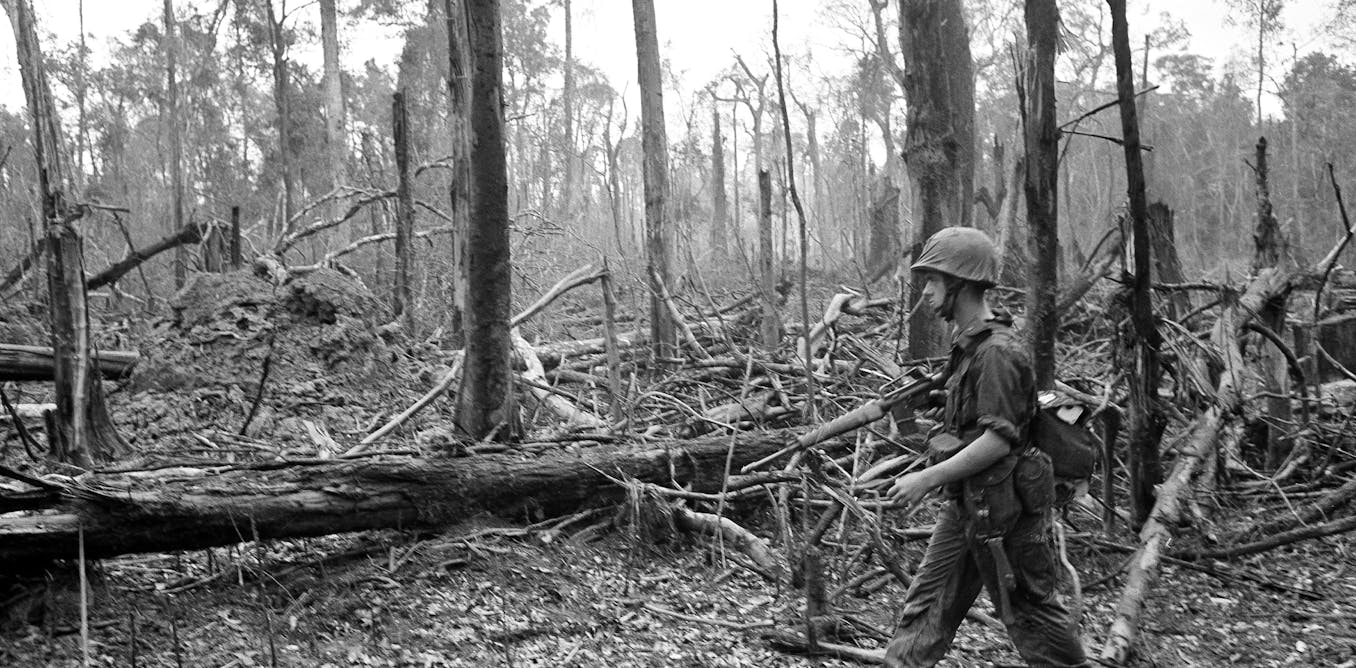Echoes of Destruction: How Agent Orange Still Haunts Vietnam's Landscape and Warns of Environmental Warfare's Long Shadow

Decades after the Vietnam War, the toxic legacy of Agent Orange continues to haunt the landscape, with harmful dioxins deeply embedded in the soil, silently poisoning ecosystems and human health. The devastating chemical defoliant, once sprayed extensively to strip forests bare during military operations, has left an indelible mark on Vietnam's environment.
Restoration efforts have been painstakingly slow, struggling against the persistent contamination that seeps through soil and groundwater. Now, with recent upheaval at the United States Agency for International Development (USAID), these already challenging remediation projects face even greater uncertainty.
The dioxins, known for their extreme toxicity and long-lasting environmental impact, remain a critical challenge for environmental scientists and local communities. Each hectare of contaminated land represents not just an ecological wound, but a potential threat to human health and future generations.
As international aid organizations grapple with organizational changes, the urgent need for comprehensive environmental cleanup hangs in the balance, leaving Vietnam's landscape to bear the lingering scars of a conflict that ended nearly half a century ago.
